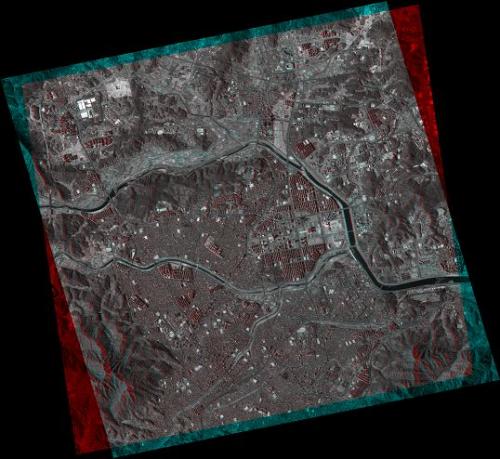Epipolar Geometry of Linear Array Scanner Scenes
Image resampling according to epipolar geometry is a prerequisite for a variety of photogrammetric tasks such as image matching, DEM generation, ortho-photo generation, aerial triangulation, map compilation, and stereoscopic viewing. The resampling process of imagery captured by frame cameras has been established and implemented in current Digital Photogrammetric Workstations (DPW). Scanning analogue images or directly using digital cameras produce digital images which are the input media for DPW. So far, there is no digital frame camera capable of producing radiometric and geometric resolutions that are comparable to those associated with analogue ones. To overcome such a limitation, linear array scanners have been developed to capture scenes through multiple exposures of few scan lines along the focal plane. This imaging scenario makes the perspective geometry of line cameras more complicated than that of frame images. Moreover, established procedures for resampling frame images according to epipolar geometry are not suitable for scenes captured by linear array scanners.
In this research, the geometry of epipolar lines in scenes captured by linear array scanners is analyzed. The rigorous (exact) model of linear array scanner and approximate models are used for this analysis. The research starts by establishing the mathematical model describing the shape of epipolar lines in the captured scenes. Measures are introduced to quantify the deviation from straightness of the resulting epipolar lines. Small deviations from straightness will allow better resampling of the captured scenes according to epipolar geometry and, thus, lead to more straightforward subsequent processing (e.g. DEM generation, stereo-viewing, etc.). The research continues to develop approaches for resampling linear array scanner scenes according to the epipolar geometry (see a stereo anaglyph of IKONOS scenes in Figure 1). The on-going research aims to generating DEMs and ortho-photos from the space-borne scenes.

Figure 1. Stereo anaglyph of normalized IKONOS scenes
